Looking for fashion that’s sustainable too? Here are some eco friendly fabric choices for when you’re sewing- or buying- your clothing!
Sustainable Fabrics for Sewing
The topic on taking care of the world’s environment has been heard for many years. With the current situation of the environment, it is important that we all find ways to make our lives more sustainable. It can be small changes such as using reusable items such as water bottles and bags, or riding your bike more often than driving your car. These small changes in our lives will collectively make bigger changes in the environment such as cleaner air, slowing down climate change and conserving our natural resources.
A huge topic on this matter is the fashion industry. About 10% of human’s carbon emissions come from the fashion industry. It dries up water sources, pollutes rivers and streams, and 85% of all clothing ends up in the dump every year. We can easily start making changes by limiting the amount of clothes we buy, buying from thrift stores, or buying sustainable fabrics to sew. For now, I want to share with you with fabrics are sustainable, and some eco-friendly clothing materials that you should check out.
What Makes a Fabric Sustainable or Biodegradable?
First let’s talk about what makes a fabric sustainable or biodegradable so that you know what to look out for.
Fabrics that are considered sustainable are made from natural or recycled materials to reduce harmful environmental impact. Sustainable fabrics also require small amounts of water, soil and pesticides. Additionally, it would be best that all parts of a plant are used even after the fabric is made, rather than having to throw them away.
For a fabric to be considered biodegradable, it must be able to break down and decompose into nature. This helps reduce the buildup in the landfills which gives us a cleaner and healthier environment to live in.
Types of Sustainable Fabrics
Organic Hemp
Hemp is a versatile plant because it is used for different things like food, ingredients in makeup, building materials and fabric as well. This isn’t anything new: hemp has been used for fabric for hundreds of years. The reason it’s a sustainable fabric is because it doesn’t need a lot of water to grow, and it doesn’t need pesticides either. Additionally, hemp fertilizes its own soil absorbs CO2 from the atmosphere. Regardless of all its benefits, hemp can be a bit more expensive than other sustainable fabrics.
Organic Cotton
Cotton is one of the most used fabrics, but growing cotton requires a lot of water. However, organic cotton uses 88% less water and 62% less energy than conventional cotton. Cotton is very light and breathable, making it perfect for lots of clothing items. An even more sustainable option for this fabric is recycled or upcycled cotton. It is much more sustainable that organic or conventional cotton because it reduces water and energy consumption, as well as keeping clothes out of the landfill.
Most cotton is difficult to grow organically due to the large amount of pesticides that are used to control pests on the plant.
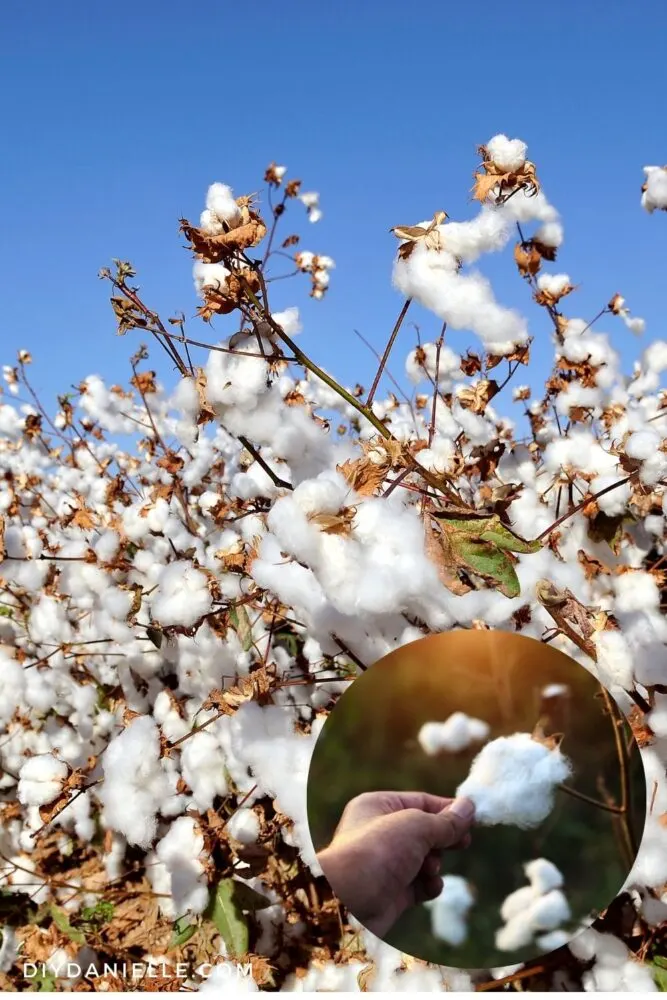
Read more about cotton fabric.
Organic Linen
Linen is the oldest fabric! It was used in the mummification process by the Egyptians because of its durability. Linen is made from the flax plant, a versatile crop in which all of its parts can be used. It doesn’t need a lot of water or pesticides, and overall linen is a great fabric.
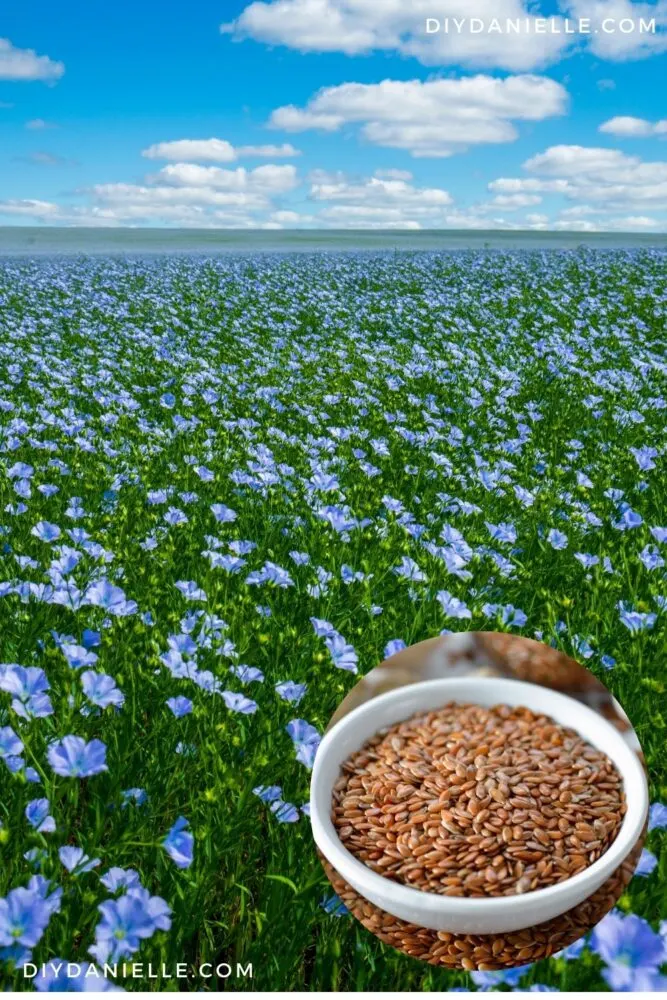
It is strong, durable, breathable, absorbs moisture, antibacterial and great for various garments and household needs. When it is untreated or dyed, linen is fully biodegradable.
Cork
It may come as a shock to you that cork fabric is a thing. It has become a popular fabric used in vegan bags and shoes. Cork is harvested from a cork oak tree, a tree that absorbs more CO2 in the atmosphere than most trees. Cork can support plants and animal species and helps the ecosystem thrive, making it a great option for sustainable fabric.
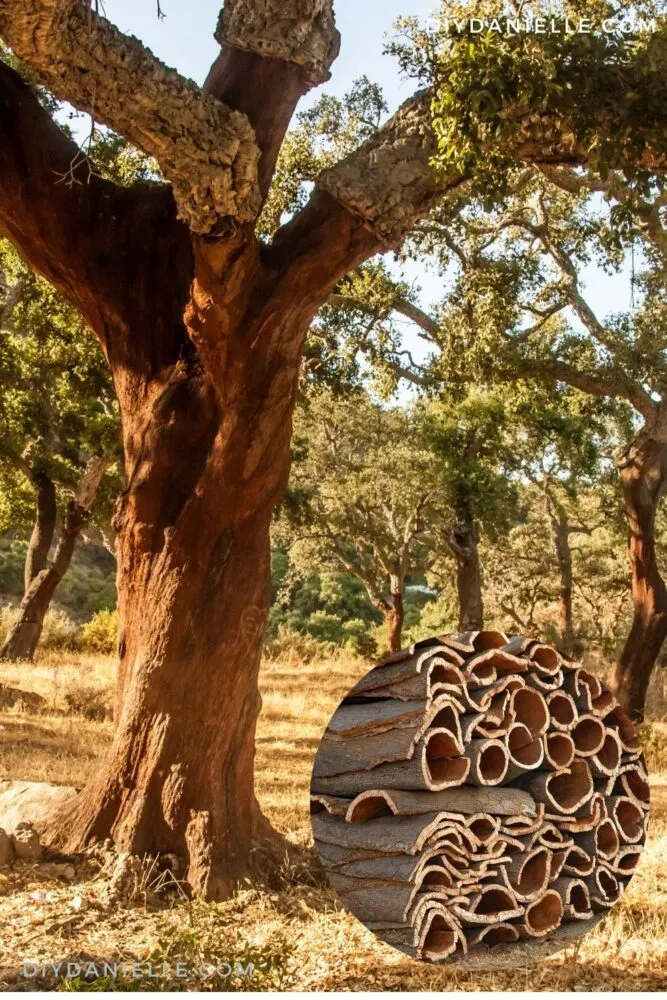
Tencel
A more futuristic sustainable fabric is Tencel, which is made by dissolving wood pulp through responsible processes. It was first created in 1992 and its popularity has been growing ever since. Tencel fibers can be added and mixed with other fabrics such as cotton to create different products. Tencel is gentle on the skin, breathable, comfortable, strong, absorbs moisture, retains color and best of all, biodegradable. The water used in the process of making Tencel is reused, as is the solvent.
Piñatex
Another futuristic fabric is piñatex, which is a vegan leather. It is made from the fibers of pineapple leaves. This is a great option because more of the pineapple plant can be used instead of going to waste. It is a cruelty-free material that requires no extra water, soil or pesticides that is already being used for the pineapple plant. In return, the use of these pineapple plant leaves that would normally go to waste is now bringing an extra income for the farmers and communities.

Econyl
Econyl is a remarkable fabric because it is made up of synthetic waste like fishing nets, waste fabric and industrial plastic. These synthetic wastes are recycled and turned into nylon yarn, but it uses much less water than the production of nylon itself, making it much more sustainable. The only downside to Econyl is that it releases microfibers.
That being said, Econyl is best for clothing and shoes that are either handwashed or rarely washed.
Wool
While not a vegan product, wool is an eco friendly material that is used to make fabric. Sheep need to be sheared regularly, generally one to two times per year, to be comfortable. The wool regrows so no animals need to be butchered in the process. Without shearing, the sheep would be considered neglected/abused as this can lead to matting and health issues.
Ethical farmers time sheep shearing so the sheep will be comfortable through the hot parts of the year, and shear sheep on an empty stomach. This makes them more comfortable (think about it like going to bed right after a HUGE dinner!) during the 10 minute process.
If you’re concerned with where you’re getting your wool, considering purchasing wool from local farmers so you can see their setup. Our sheep have plenty of space to graze, routine health care, and shady spots to get out of the sun. I have them sheared twice a year, then I have the wool turned into roving. A friend has been teaching me to spin the roving into yarn, but I also use the roving to make items like wool dryer balls, cat nip toys, and felted soap.
Different types of sheep, goats, alpacas, and rabbits produce different types of fiber that are used for different products. Animals with higher quality wool can have their wool turned into comfortable clothing. Wool for animals with lower quality wool can be used for socks, bed linens, and more.
Before cleaning my wool, I skirt it to remove anything that is icky. Dirt and pieces of sticks can get stuck in the wool. Some wool, such as the wool near their butt, is generally tossed. I use this dirty wool for mud control in heavy-use areas of my pasture.
Here’s a video of me skirting the wool before the 2022 Sheep and Wool Festival in Maryland.
The one benefit to wool is that you can raise and shear your own sheep, process the fleece, and turn it into items for your family without ever leaving your property. This decreases the environmental cost of the product by eliminating manufacturing processes. It also means you gain the knowledge to repair those items as needed.
Wool, as a natural product, is biodegradable.
While you don’t need to kill sheep to get wool, some people do remove fleece as an entire pelt. This would be considered a sheep pelt or a sheepskin. The skin (the leather) is tanned with the fleece intact.
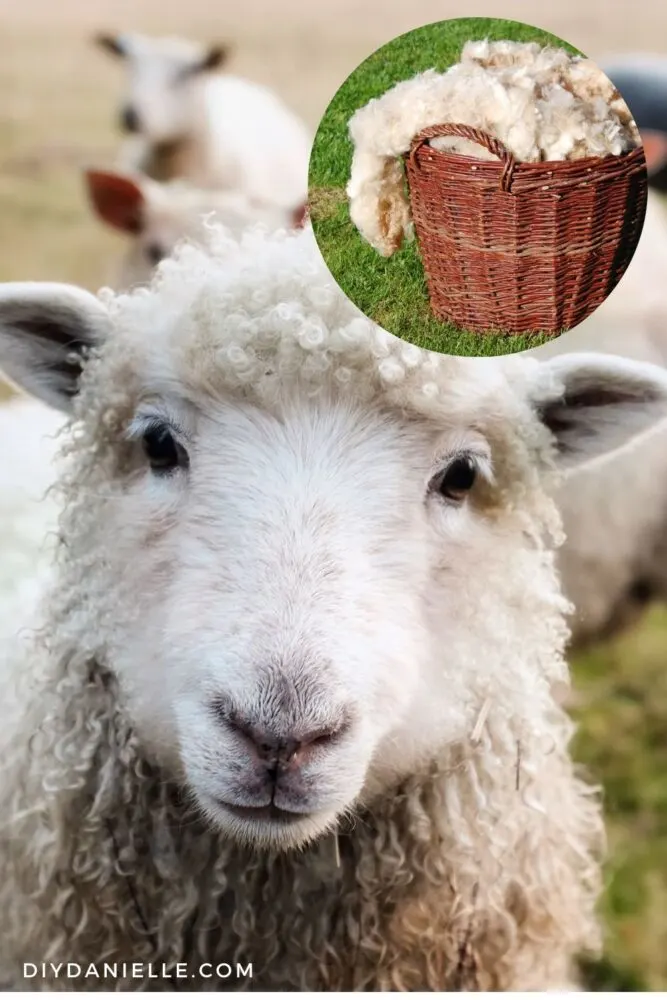
Silk
Silk is also a biodegradable product that is a renewable resource. It uses less water, chemicals, and electricity than many other fibers.
Silk is made by silkworms, however, and as a result it is not a vegan product. Also the process can kill or harm the silk worms. Ahimsa Silk refers to any type of silk that is made without harming or killing the worms
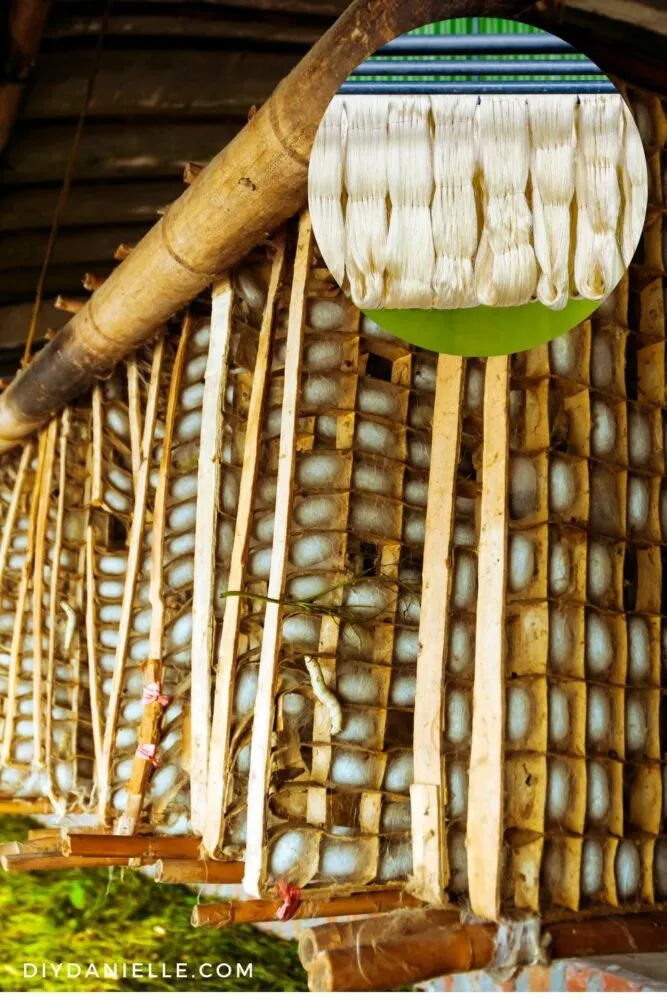
Ethical and Sustainable Clothing Brands
In case you’re on the lookout for clothing brands that use sustainable fabrics from ethical resources, here are two brands that you can check out.
Pact
Based in Colorado, US, Pact is a brand that makes incredibly soft clothes. They make sure the process of making each piece of clothing is as clean as possible. They are certified in Fair Trade and GOTS.
Kotn
Kotn is a clothing brand based in Toronto, Canada that makes basics using Egyptian cotton. Apart from their sustainable clothing, Kotn has built schools in Egypt and has funded over 2,000 farms. They are Certified B Corp and BCI certified organic cotton.
Please share and pin this post! If you make this project, share it in our Stuff Mama Makes Facebook Group. We have regular giveaways for gift cards to craft stores. You can also tag me on Instagram @doityourselfdanielle; I love seeing everything you make!
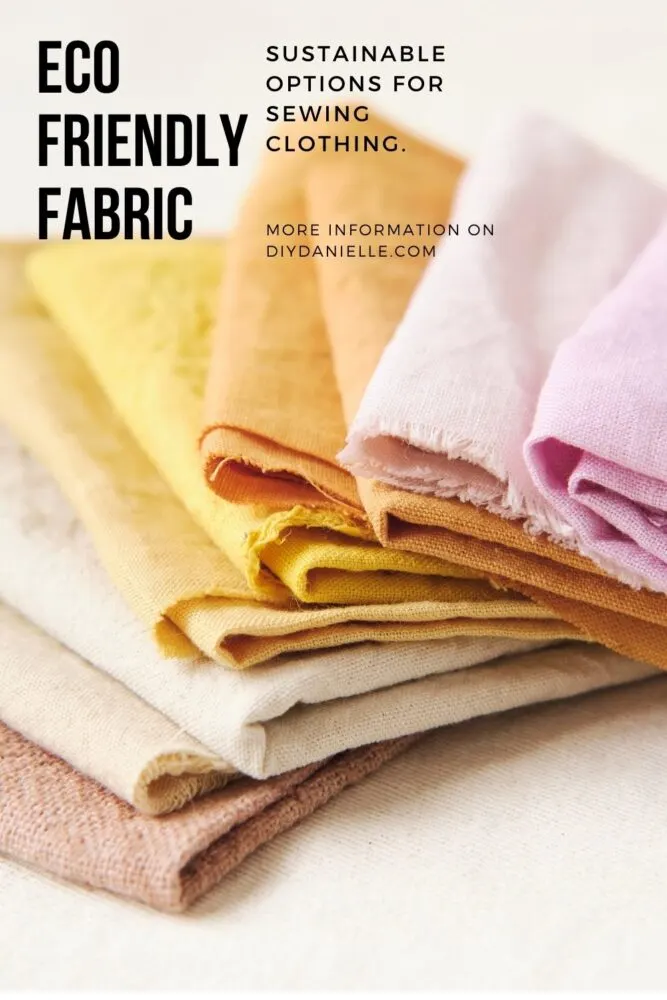
Google Web Story: Eco-Friendly Fabric Options
